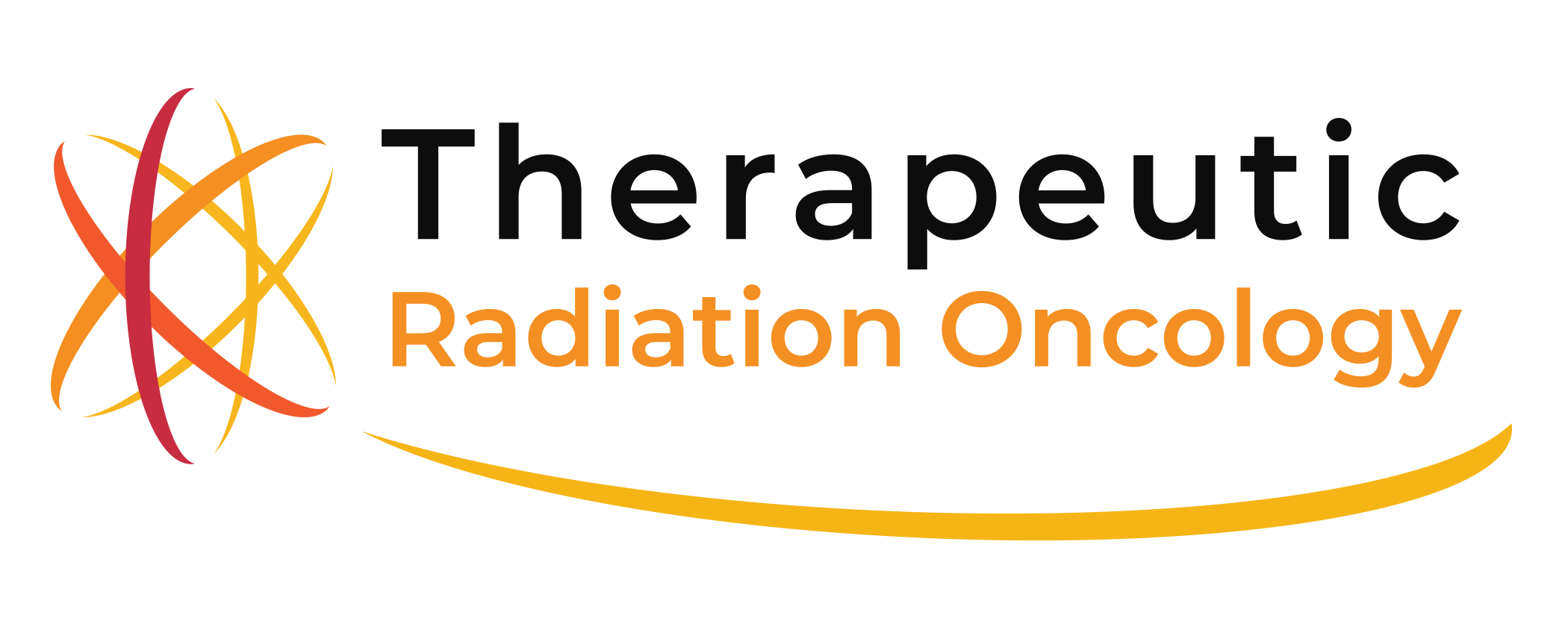Accelerated Partial Breast Radiation Therapy
A number of curative treatment options exist for women with early stage breast cancer. For example, a mastectomy removes the entire breast. Another treatment option, known as breast-conserving therapy (BCT), allows a woman to keep her breast. With BCT, a “lumpectomy” removes just the cancer. Radiation therapy following a lumpectomy decreases the risk of recurrence in the breast. Fortunately, women can expect similar cure rates for both mastectomy and BCT, and all women should discuss their treatment options in detail with their physician.
Radiation therapy after lumpectomy exists in two forms:
- whole breast radiation therapy
- accelerated partial breast irradiation (APBI)
At the time of consultation, the radiation oncologist carefully evaluates patients for the appropriateness of both radiation therapy techniques.
Whole breast radiation therapy, delivered with a linear accelerator, requires approximately four to six weeks of daily, Monday through Friday treatment. In contrast, APBI is given over a one-week period.
APBI is a form of radiation therapy known as high dose rate (HDR) brachytherapy. Candidates for APBI must meet strict criteria including:
- women over 50 years old
- women with small breast cancers
- cancers removed completely with clear margins
- cancers that have not spread to the lymph nodes
Once the surgeon and radiation oncologist carefully select a patient suitable for APBI, the surgeon places a specialized catheter into the lumpectomy cavity about one to four weeks following the lumpectomy procedure. The catheter stays in place for a week or so in order to deliver the radiation. In the radiation therapy center, the catheter connects to a specialized machine that houses a small Iridium-192 radioactive seed. According to a predetermined and individualized treatment plan, the radioactive seed moves into the catheter for a short time in order to deliver a precise dose of radiation to the lumpectomy cavity. In general, each treatment lasts a few minutes and is given twice a day with a six-hour interval of time between each treatment. A total of 10 treatments over 5 treatment days completes the treatment course. The doctor removes the catheter after the last treatment.
The treatment of breast cancer is complex and requires detailed discussion between doctor and patient in order to explore all the available options.


